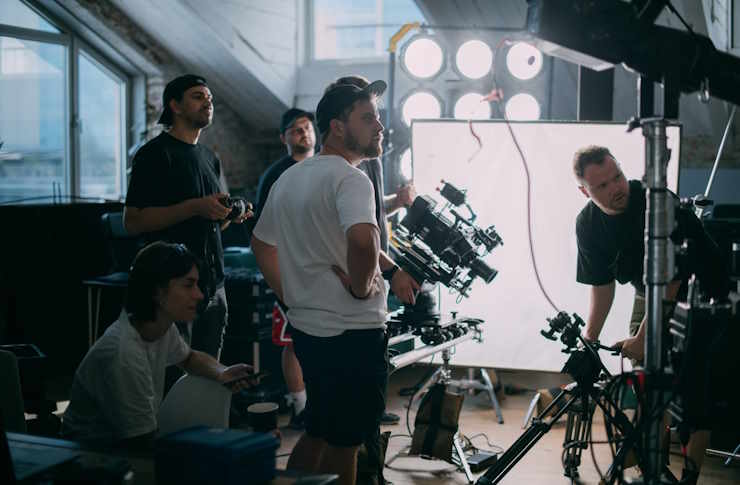Cinematography Jobs: Career Paths in Film Production
Cinematography jobs cover a wide range of creative, technical, and collaborative roles on film sets and in digital productions. This article explains common roles, essential skills, and realistic ways to pursue work in the industry, including how to search for opportunities and build a portfolio. It does not provide current job listings or guarantee openings; instead it offers guidance to help you approach the job market strategically.

What do cinematography jobs involve?
Cinematography jobs center on shaping the visual look of a movie or film project. Roles range from director of photography (DP), who makes high-level aesthetic and technical choices, to camera operators, focus pullers, and lighting technicians who execute those choices. Responsibilities typically include selecting lenses, framing shots, coordinating with the director and production designer, and managing camera and lighting crews. Strong collaboration, technical knowledge, and an eye for composition are essential. Work can vary dramatically between indie productions and larger studio shoots in pace, scope, and resources.
How does film production structure camera teams?
On a film production, the camera department is usually led by the DP, supported by a camera operator, 1st assistant camera (focus puller), 2nd AC (slating and media), and camera trainees or loaders. The electric or lighting department works closely with camera to achieve exposure and mood. Smaller productions often combine roles; larger shoots maintain clear hierarchies and specialized duties. Understanding set etiquette, chain of command, and communication protocols is key to functioning smoothly. Knowing these structures helps you target the right entry point—whether as a camera trainee, grip, or assistant.
What camera skills are essential?
Hands-on camera skills are fundamental: lens selection and matching, exposure control, dynamic range management, camera movement techniques, and media handling. Familiarity with both digital cinema cameras (Arri, RED, Sony) and mirrorless systems is valuable. Post-production awareness—color grading basics and codecs—improves collaboration with editors and colorists. Soft skills like problem-solving under pressure, clear communication, and adaptability are equally important. Regularly practicing on set, building short-film credits, and creating technical test reels will make you more competitive for camera-based jobs.
How to find movie production entry roles?
Begin by building a concise reel and practical resume focused on relevant set experience. Use established film job boards, industry guilds, local production directories, and social platforms aimed at professionals to find listings. Attend local services meetups, workshops, and film festivals to network with producers and DPs. Volunteer on student films or low-budget shoots to gain credits; treat every position as a learning opportunity. When applying, tailor your materials to the role—camera roles need technical details, while lighting roles should highlight fixture and grip experience. Remember, this article offers guidance but does not provide live job listings.
What freelance and crew roles exist in film?
Beyond camera and DP positions, productions need grips, electric (gaffer and best boy), sound mixers, production assistants, editors, and production coordinators. Many cinematographers start in supporting crew roles to learn set rhythm and build relationships. Freelance work is common—short-term contracts and day rates—so developing a professional reputation, reliable kit, and clear communication will lead to recurring bookings. Consider joining freelancer platforms, local unions or guilds where applicable, and maintain an up-to-date online portfolio that showcases a variety of project types and formats.
How to build a long-term career in production?
Long-term success blends craft mastery, networking, and business sense. Keep learning: workshops on camera systems, lighting techniques, and color theory matter. Cultivate relationships with peers—directors, producers, and gaffers—by being punctual, prepared, and collaborative. Track credits and organize a professional website or Vimeo channel for your reel. For those aiming to move from assistant roles to DP or director positions, seek mentorship, take on smaller projects where you can be lead cinematographer, and gradually increase the complexity of your work. Be prepared for irregular income and adapt by diversifying skills (grading, editing, virtual production tools).
Conclusion
Cinematography jobs span technical and creative roles across film and video production, with varied entry points and career paths. Building practical camera skills, assembling a focused reel, and engaging in local services and networking activities improve your chances in a competitive field. This article provides direction on how to pursue those roles but does not list or guarantee specific job openings; use verified job boards, production companies, and professional organizations to locate current opportunities.






